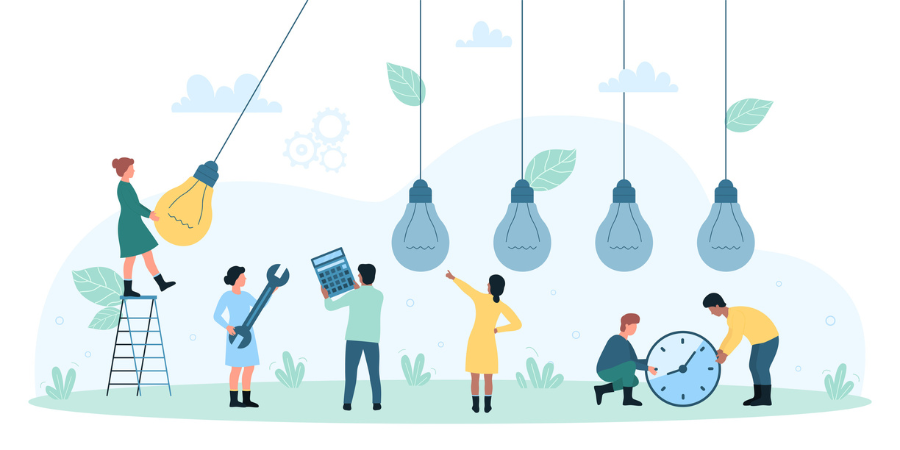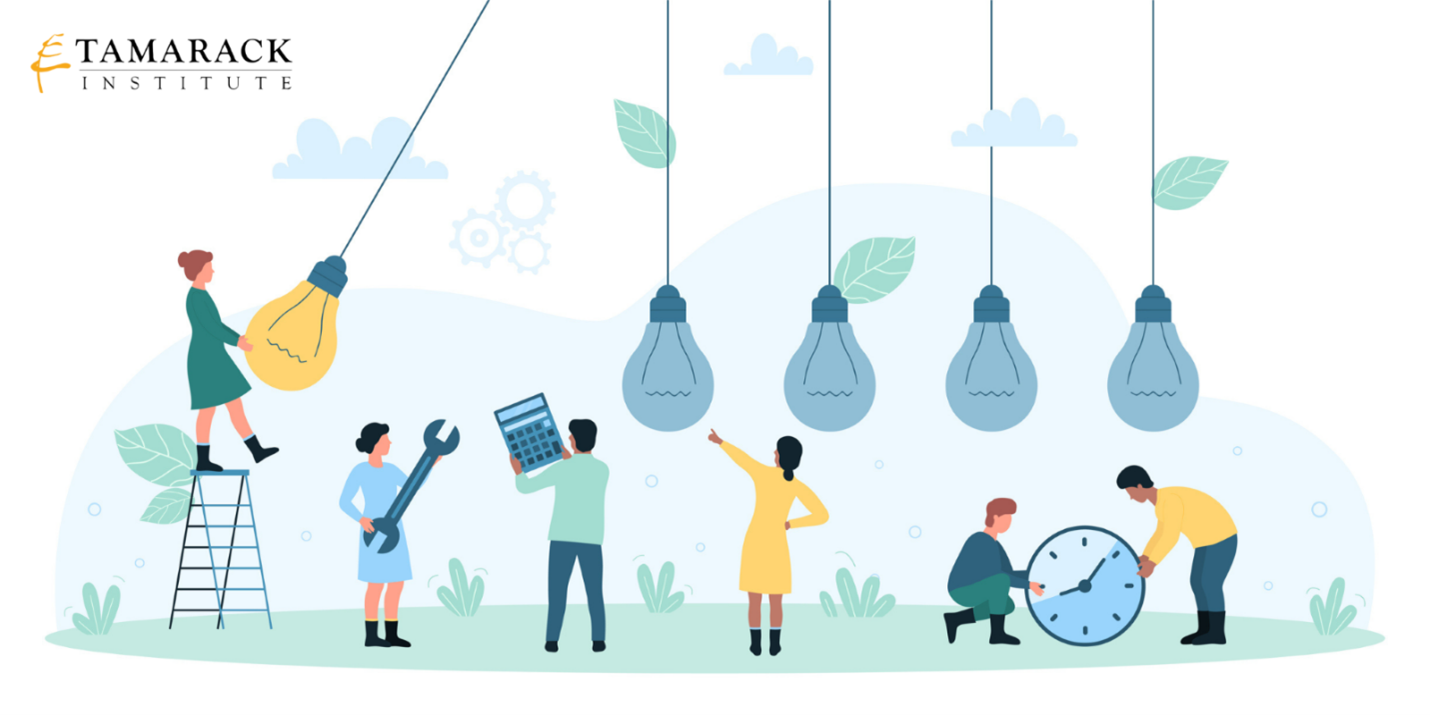Who would have thought that failure would be held up as something to be desired just a few years ago? Yet, it is one thing to extol the virtues of failure in words, it is quite another to create systems that support failure in action and if the latter doesn't follow the former, failure will truly live up to its name among the innovation trends of the 21st century.
Ten years ago if someone would have said that failure would be a hot term in 2014 I would have thought that person wasn't in their right mind, but here we are seeing failure held up as an almost noble act with conferences, books and praise being heaped on those who fail. Failure is now the social innovator's not-so-secret tool for success. This means we are seeing it everywhere and, as I've written elsewhere, failure is being treated in a fetishistic manner as this new way to unlock creativity and innovation when what it might be is simply a means reducing people's anxieties. Not that we can't all use a little less anxiety I suppose.
However, it's one thing to say that it's OK to fail and another to actually create an environment where failure is accepted as a reasonable -- maybe even expected -- outcome; that is something altogether different. Take strategic planning. Ever see a strategic plan that includes failure in it? Have you ever seen an organization claim that it will do less of things, fail more often, and learn more through "not-achieving" rather than succeeding?? Probably not -- or certainly not often.
How often has a performance review for an individual or organization included real learning (which is often related to failure) as a meaningful outcome? By this I refer to the kind of learning that comes from experience, from reflective practice, from the journey back and forth through confusion and clarity and from the experimentation of trying and both failing and succeeding. It's been very rare that I've seen that in either corporate or non-profit spaces, at least in any codified form.
(By this I am referring to actual structural commitments to learning as evidenced by evaluations, reflective practice engagements that are taken seriously, and the space to deal with learning that might not always be positive. Talking about learning is only talk until it's backed up with something else).
As Peter Drucker once argued: what gets measured, get's managed.
If we don't measure failure, we don't manage for it and nor do our teams include failure as part of their core sets of expectations, activities and outcomes and our plans or aspirations.
Failure, mindfulness and judgement
In 2010 post in Harvard Business Review, Larry Prusak commented on the phenomenon of measurement and noted that judgement -- something that comes from experience that includes failure -- is commonly missing from our assessments of performance of individuals and organizations alike. Judgement is made based on good information and knowledge, but also experience in using it in practice, reminding me of a quote a wise elder once told me:
Good judgment comes from experience, but experience comes from bad judgment.
One of the persistent Gladwellian myths* out there is that of the 10,000 hours rule that suggests if we put that amount of time into something we're likely to achieve a high level of expertise. This is true only if most of those 10,000 hours were mindful, deliberate ones devoted to the task at hand and involve learning from the successes, failures, processes and outcomes associated with those tasks. That last part about mindful, reflective attention or deliberate practice as the original research calls it (as so many Gladwellian myths suffer from) is left off of most discussions on the subject.
To learn from experience one has to pay attention to what one is doing, what one is thinking while doing it, and assessing the impact (evaluation) of that action once whatever is done is done. For organizations, this requires alignment between what people do and what they intend to do, requiring that mindful evaluation and monitoring be linked to strategy.
If we follow this lead where it takes us is placing failure near the centre of our strategy. How comfortable are you with doing that in your organization?
A failure of failure
Failure is among the most emotionally loaded words in the English language. While I often joke that the term evaluation is the longest four-letter word in the dictionary, failure is not far off. The problem with failure, as noted in an earlier post, is that we've been taught that failure is to be avoided and the opposite of success, which is viewed in positive terms.
Yet, there is another reason to question the utility of failure and that is also related to the term success. In the innovation space, what does success mean? This is not a trivial question because if one asks bold questions to seek novel solutions it is very likely that we don't know what success actually looks like except in its most general sense.
A reading of case studies from Amazon to Apple and Acumen to Ashoka finds that their success looks different than the originators intended. Sometimes this success is far better and more powerful and sometimes its just different, but in all cases the path was littered with lessons and few failures. They succeeded because they learned, not because they failed.
Why? Because those involved in creating these 'failures' were paying attention, used the experience as feedback and integrated that into the next stage of development. With each stage comes more lessons and new challenges and thus, failure is only so if there is no learning and reflection. This is not something that can be wished for; it must be built into the organization.
So what to do?
- Build in the learning capacity for your organization by making learning a priority and creating the time, space and organizational support for getting feedback to support learning. Devoting a small chunk of time to every major meeting to reflecting back what you're learning is a great way to start.
- Get the right feedback. Developmental evaluation is an approach that can aid organizations working in the innovation space to be mindful.
- Ask lots of questions of yourself, your stakeholders, what you do and the systems you're in.
- Learn how to design for your particular program context based on feedback coming from the question asking and answering. Design is about experimenting without the expectation of immediate success.
- Develop safe-fail experiments that allow you to try novel approaches in a context that is of relatively low risk to the entire organization.
There are many ways to do this and systems that can support you in truly building the learning capacity of your organization to be better at innovating while changing the relationship you have with 'failure'.
* Refers to ideas popularized by journalist and essayist Malcolm Gladwell that are based on the scientific research of professionals and distilled into accessible forms for mass market reading that become popular and well-known through further social discussion in forms that over-simplify and even distort the original scientific findings. It's a social version of the "telephone game". The 10,000 hour 'rule' was taken from original research by K. Anders Ericsson and colleagues on deliberate practice and is often discussed in the context of professional (often medical) training, where the original research was focused. This distortion is not something Gladwell intends, rather becomes an artifact of having ideas told over and again between people who may have never seen the original work or even Gladwell's, but take ideas that become rooted in popular culture. A look at citations on failure and innovation finds that the term deliberate practice is rarely, if ever, used in the discussion of the "10,000 rule".
Photo Credit: Project365Fail by Mark Ordonez used under Creative Commons license via Flickr. Thanks for sharing, Mark!






